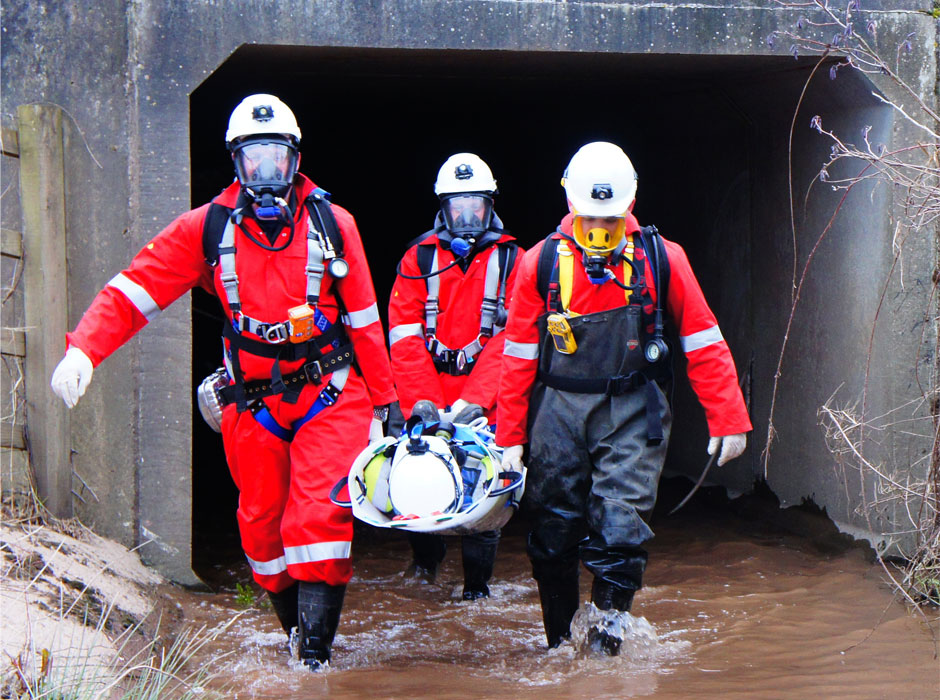
Confined Spaces in Ports
In the UK, a number of people suffer fatal or severe injuries in confined spaces every year. These can happen in a variety of industries, from those involving complex machinery to those involving simple storage vessels. Here we focus on the docks industry and the associated risks and prevention measures taken when working in confined spaces.
Where can confined spaces be found?
Confined spaces can be found in a variety of places within the port environment including:
- Ships’ holds
- Warehouses
- Silos
- Freight containers
In addition, some places may only become confined spaces when particular work is carried out, for example, fumigation.
Fumigation of freight containers
Fumigants are highly toxic. Cargoes most likely to have been fumigated include:
- Foodstuffs
- Leather goods
- Handicrafts
- Textiles
- Timber or cane furniture
- Luxury vehicles
- Cargo in timber cases
Containers transported under fumigation are required to be labelled and declared in accordance with the International Maritime Dangerous Goods Code.
Any container suspected of containing fumigant should be:
- Carefully opened in the presence of a competent person, such as a pest officer trained in using fumigants
- Tested for the presence of fumigants
- Ventilated if necessary
- Competent person to remove any traces of fumigant
- Competent person to issue a ‘gas-free’ certificate
Wood pellet bio-fuels and confined spaces
The manufacture and carriage of wood pellets have increased in recent years because of their use as a non-fossil heating fuel. Wood pellets undergo oxidation to produce carbon monoxide and carbon dioxide. In a confined space such as an unventilated ship’s hold, this can lead to a dangerous reduction in the oxygen concentration in the hold and the development of a dangerous concentration of carbon monoxide which is toxic (and flammable).
In a recent case, a carbon monoxide concentration of approximately 1% was measured in a sealed cargo hold of a ship containing wood pellets some 18 days after the cargo was loaded. The oxygen concentration at this time was less than 1%. Since the cargo hold was an enclosed space and there was a clear specific risk of oxygen depletion and potential noxious fume, this hold would constitute a confined space.
Confined space rescue training
Working in confined spaces exposes an individual to a range of potential hazards, some of which may threaten injury and, in some cases, may lead to death. Therefore a rescue plan is essential and specialist training and assessment are required to equip those undertaking rescue and recovery work with the necessary skills and competencies to assess risk and control hazards that may affect the safe rescue of others. Eurosafe provides a course for personnel who are involved in the Rescue & Recovery of casualties from confined spaces. The course aims to educate delegates in realistic work situations where rescue and recovery of personnel is required.















